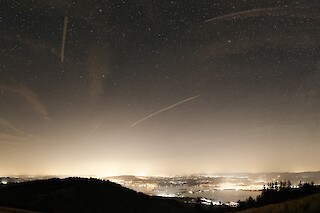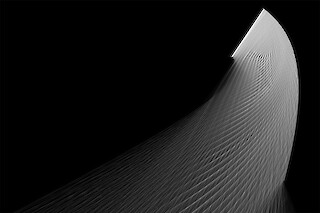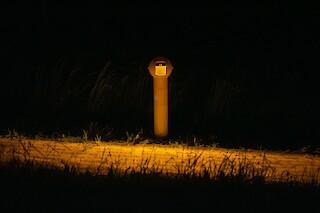In recent decades, the rapid increase in artificial light has turned night into day, disrupting ecosystems that rely on darkness.
«Lumina» addresses this issue by focusing on pedestrian pathways often illuminated by standard streetlights that contribute to light pollution. This project offers customizable, non-static lighting solutions tailored to different nocturnal environments and their unique challenges.
The device features a number of solutions to provide light where needed for humans, while minimizing disruption for insects and other organisms. Adaptive lighting based on environmental conditions minimizes the impact of artificial light at night, fostering a harmonious relationship between us and our nocturnal environment.






